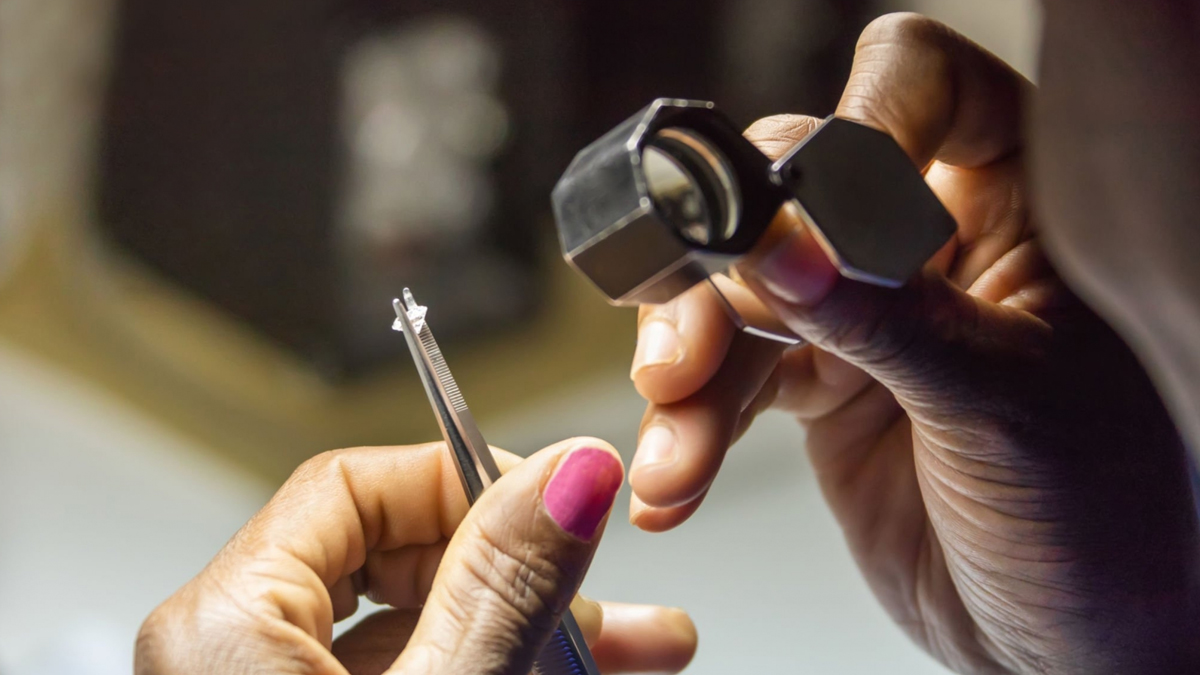Choosing a diamond should be an intelligent and carefully process. Choose the one you like and are happy with, but make sure it's good quality and value. To choose the right diamond for your style and budget, learn about how diamonds are color grade and certified.
Diamond certification laboratories include the GIA, AGS, EGL, IGI, HRD, and GCAL. Each of these grading lab is unique, yet they all provide essentially the same information.
You can buy graded diamonds for engagement rings and save money. Here's everything you need to know about certification labs, as well as some advice on buying certified diamonds.
What Is Diamond Certification?
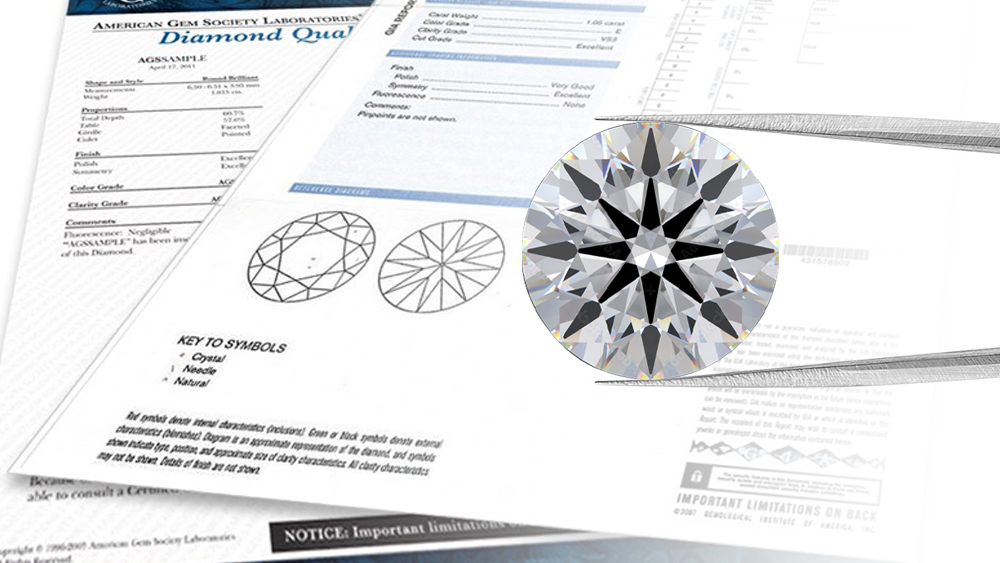
Certified diamonds are checked by experts in a lab with proper equipment. They undergo tests to determine their quality grades. An impartial diamond certification is obtained from a third-party organization uninvolved in diamond trade. They have no reason to downplay or exaggerate the diamond's quality.
The only goal is to provide a thorough examination of the diamond and its qualities. Gemological findings are recorded on a diamond certificate, often with pictures showing the diamond's size and any flaws or marks. The scientific report confirms the genuineness and excellence of the diamond. Because accuracy and consistency are critical components of a diamond certificate, choosing a lab that can provide reliable results is important.
Diamond Certification by AGS
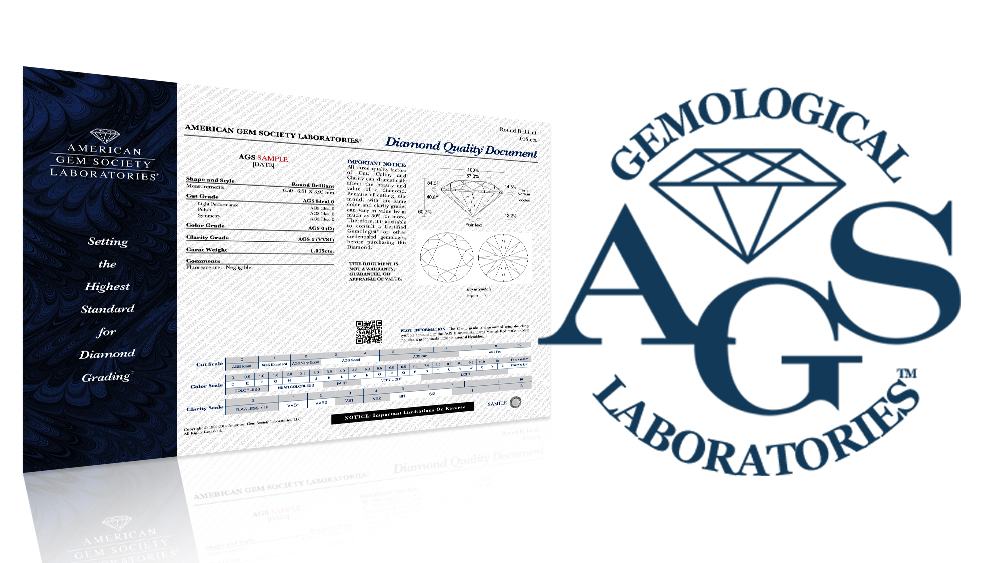
The AGS, a sister organization to the GIA, was established in 1934 and has a gem lab in the US. GIA is famous for the four C's, while AGS Labs is known for analyzing diamond cut quality and light performance scientifically.
Their laboratory grown diamond grading scale is 0-10, with 0 being the highest grade (Ideal) and 10 representing the lowest. The AGS has equivalent 4C grading consistency to the GIA, but is superior in cut grading. By studying how diamonds are cut, they created a better grading system that is more precise and strict. The AGS utilizes advanced computerized ray-tracing to assess the diamond's light performance.
GIA completed the acquisition of AGSL and its valuable cut grading technology by the conclusion of 2022. GIA now offers AGS Ideal reports for eligible diamonds. The AGS Laboratory has been transformed into a GIA cut research center. Existing AGSL diamond grading reports are still valid and desired among clients who understand scientific cut quality.
Both AGS and GIA reports are reliable, but AGS provides more information on diamond cut than GIA. If you want high-quality diamonds with the best cut, they will probably have an AGS certificate. If you want high-quality diamonds with the best cut, they will likely have an AGS certificate.
This lab is the only one with the necessary resources and advanced grading system. They can accurately assess the cut and how the diamond reflects light.
Now you can order a GIA report number and an AGS Ideal report number together. This is for diamonds that meet the higher cut grade requirement.
GIA offers certificates for different types of gemstones. These include natural diamonds, lab diamonds, colored gemstones, and pearls. Additionally, they provide Diamond Grading Report examples.
Who Grades Lab-Grown Diamonds?
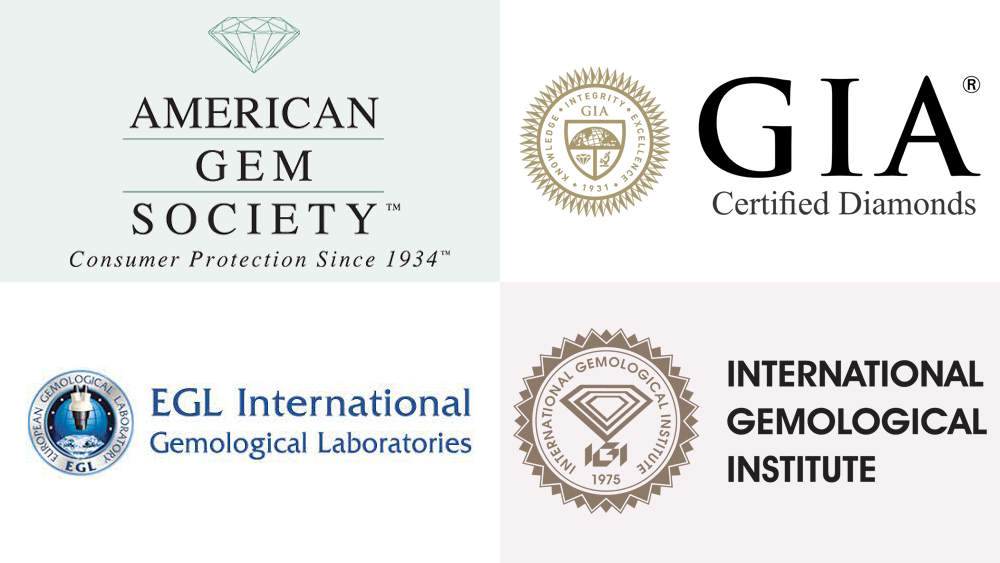
Lab-grown diamonds are gaining popularity as an alternative to mined diamonds. As a result, trustworthy and accurate grading of these stones is required. To ensure the quality of synthetic diamonds, evaluating institutions have set specific standards and procedures. One such organization is the Gemological Institute of America.
The Gemological Institute of America
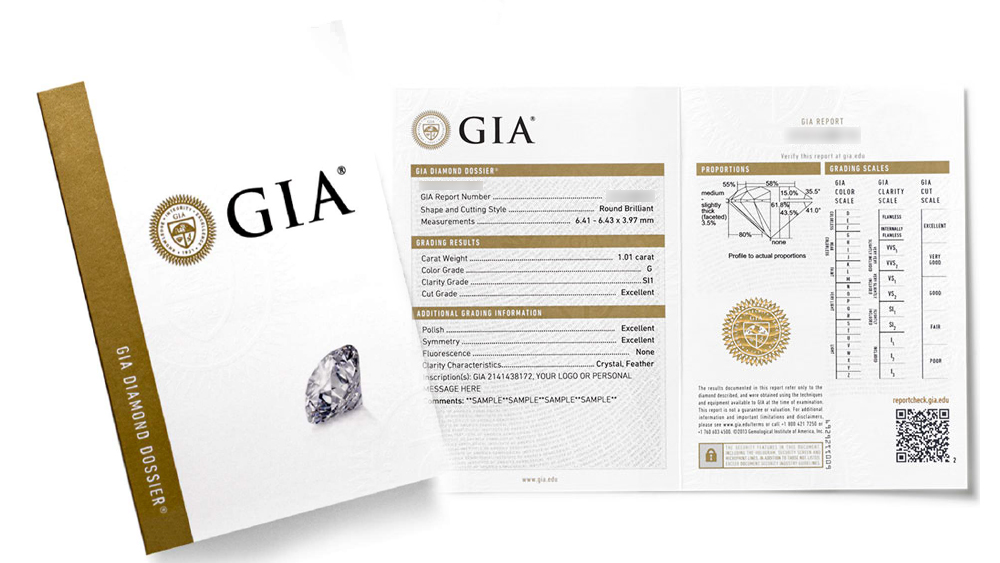
The Gemological Institute of America (GIA) is a world-renowned diamond grading laboratory. For lab-grown diamonds, they provide two independent reports: a Diamond Grading Report and a Laboratory Grown Diamond Report. The GIA evaluates lab grown diamonds using its usual standards. The evaluation is based on several factors including cut, color, clarity, carat weight, fluorescence, symmetry, and polish.
The International Gemological Institute
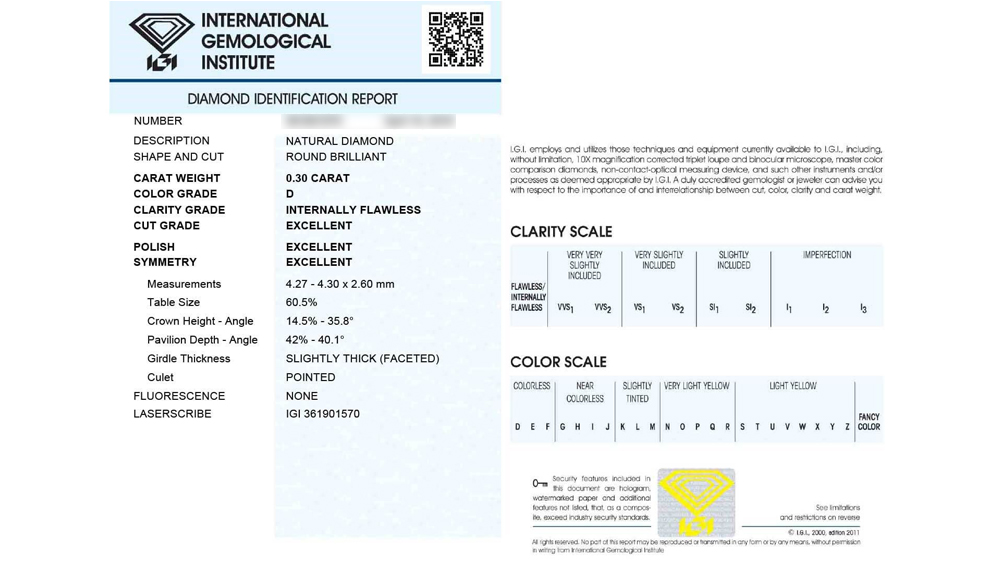
The International Gemological Institute (IGI) offers certification services for both natural and synthetic diamonds, ensuring their authenticity and quality. When analyzing lab grown diamonds, IGI utilizes its own set of parameters. The IGI certificate examines various aspects of a diamond's quality. These include its cut, color, clarity, weight, size, fluorescence, laser inscribed, and any treatments such as laser drilling or filling.
IGI and GIA grading differ in lab-grown diamond cut grades. IGI's highest grade is perfect, while GIA's is exceptional. So, if the lab grown diamonds compare diamonds were graded by IGI, pick the one with the ideal cut grade.
American Gem Society Laboratories
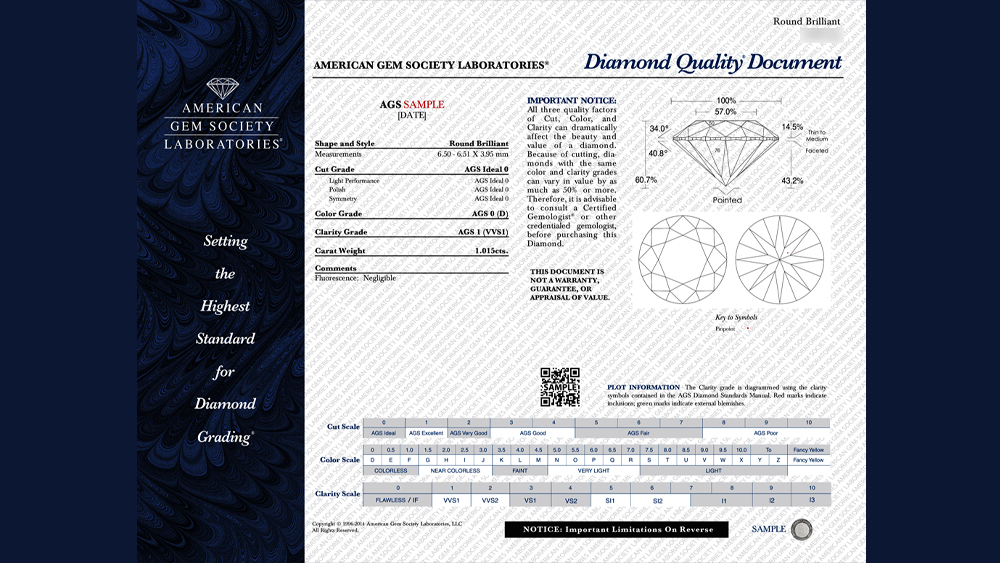
Another organization is AGSL, a lab that grades lab-grown diamonds. It is often mistakenly called AGS because AGSL is mostly owned by AGS. AGSL provides detailed reports on a diamond's cut, color, clarity, carat weight, symmetry, polish level, and other important factors.
Unlike IGI and GIA, AGSL employs a 0–10-point scale, which makes more sense. Compare the AGS grading scales to the standard GIA scale.
The Gem Certification & Assurance Lab
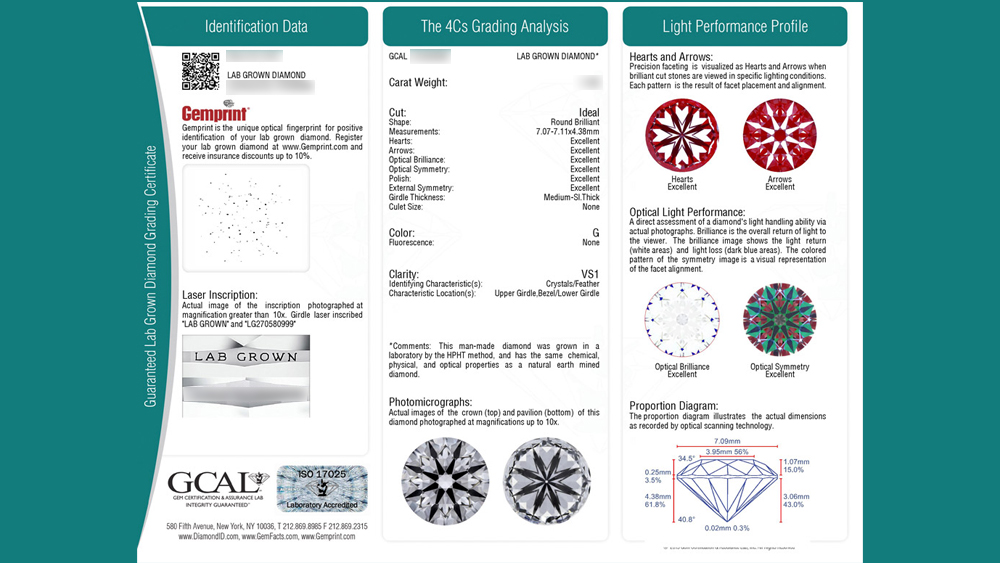
GCAL is a popular lab for lab-grown diamonds, quickly becoming the second-most famous institution for these diamonds. GCAL is distinguished by its diamond certificate assurance, which ensures diamond grading for consumers and diamond traders. GCAL lab certified diamonds and IGI certified lab grown diamonds are both available from reputable diamond laboratories.
European Gemological Laboratory
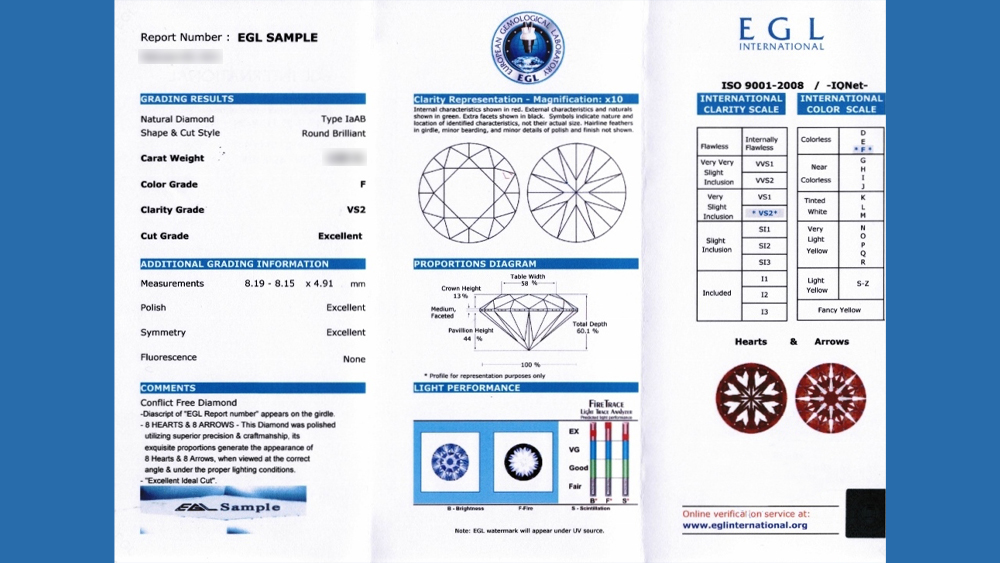
Independent gem labs, such as EGL, certify loose colored stones. These stones include fancy colored sapphires and lab-created non-diamond jewels like moissanite. Additionally, these labs also grade diamonds. EGL-certified diamonds are often graded more loosely, and EGL is not as widely recognized as GIA, AGS(L), and IGI.
Conclusion
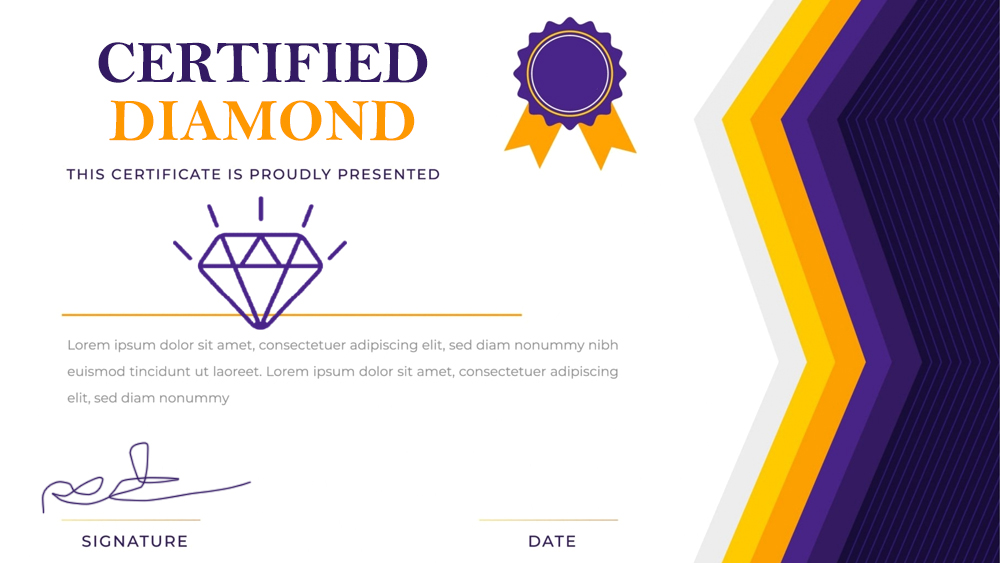
The certification or grading of a diamond is very important. Only purchase a diamond if it comes with a grading report from a respected lab. Local jewelers may say you don't need a grading report and should buy an ungraded diamond instead. By doing so, even if they offer you a one-grade lower diamond, their profit will be significantly bigger.
The American Gem Society (AGS) is the first lab to produce diamond cut grades. The AGS has a cut grade range from 0 to 9. The grade of 0 is considered "ideal." This range was established before the GIA created its own range. The AGS just announced that lab created diamond certification will be resumed.
The AGS is a trustworthy laboratory. AGS has a special grading system that is one-of-a-kind in the diamond industry, including their unique cut grade.
For lab grown diamonds certification, the AGS will provide color and clarity grades. This will help you determine the quality of your lab-created diamond. A lab grown diamond with an AGS certification is a high-quality diamond. It is crucial to remember that AGS color and clarity grading standards are slightly looser than those of GIA.
European Gemological facilities (EGL), Hoge Raad Voor Diamant (HRD), and Gemological Science International (GSI) are other grading facilities worth mentioning. The certifications from these labs are not as reliable or trustworthy as those from the top three laboratories.

